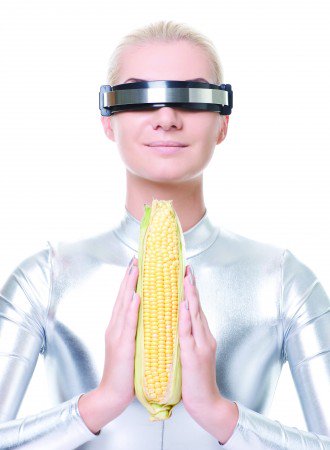
Indiana Bicentennial: The Next 200 Years
This story is part of Indianapolis Monthly’s 2016 Indiana Bicentennial coverage, which includes our list of 200 Hoosier Hall of Fame picks. For more on this celebration of the state’s first two centuries, click here.
PEOPLE
Look for more diversity—today’s Hispanic and Asian communities in particular are surging—and the trend of migration to larger cities will continue, especially to metro Indianapolis. Also, demographer Matt Kinghorn of the Indiana Business Research Center at IU’s Kelley School of Business guesses the state’s population will grow from 6.6 million to 8 or 9 million. Good thing the Corn Belt has room to spare—at least for the time being.
POLITICS
More women and people from a wider range of races and ethnicities will become political leaders, predicts Brian Howey, longtime political journalist and publisher of the news site Howey Politics Indiana. He also thinks we’re within a half-century of an “epic political convulsion,” a shift in attitudes significant enough to transform the landscape of society and/or government—the kind of upheaval this country has historically experienced about every 80 years. Possible catalysts? Climate change, perhaps, or falling wages.
ECONOMY
Expect fewer manufacturing and more service-based jobs, a larger healthcare industry to deal with longer life spans, and omnipresent 3-D printers. Another projection from Michael Hicks, director of Ball State’s Center for Business and Economic Research: more teachers. Multiyear pre-K education will be standard, and blue-collar jobs will require more ongoing training. So if you’re a plumber, he surmises by way of example, “You’re going to have to learn how to do plumbing in vehicles, because cars will have plumbing by then.”
CLIMATE
Good news: Despite rising water levels worldwide, Lake Michigan won’t be merging with the canal. Bad news: On average, the thermometer will read 2 to 6 degrees warmer in the next century, leading to more dramatic fluctuations in precipitation and air temperature. “What is our extreme right now would become the norm 100 years from now,” says state climatologist Dev Niyogi. He anticipates we’ll become adept at customizing our climate, from urban design and cloud seeding to new technologies. So put on your thinking caps, kids.
ARTS & CULTURE
The future is artificial intelligence, says Shauta Marsh, chief curator and co-founder of arts group Big Car Collaborative. She envisions famous artists uploading their consciousness into robots that can create in perpetuity. But we’ll still crave a human connection: “Maybe there won’t be books anymore, but there will be cafes where you can come and touch this book and sit next to another human being, or you can take a class from Robot Monet.”





